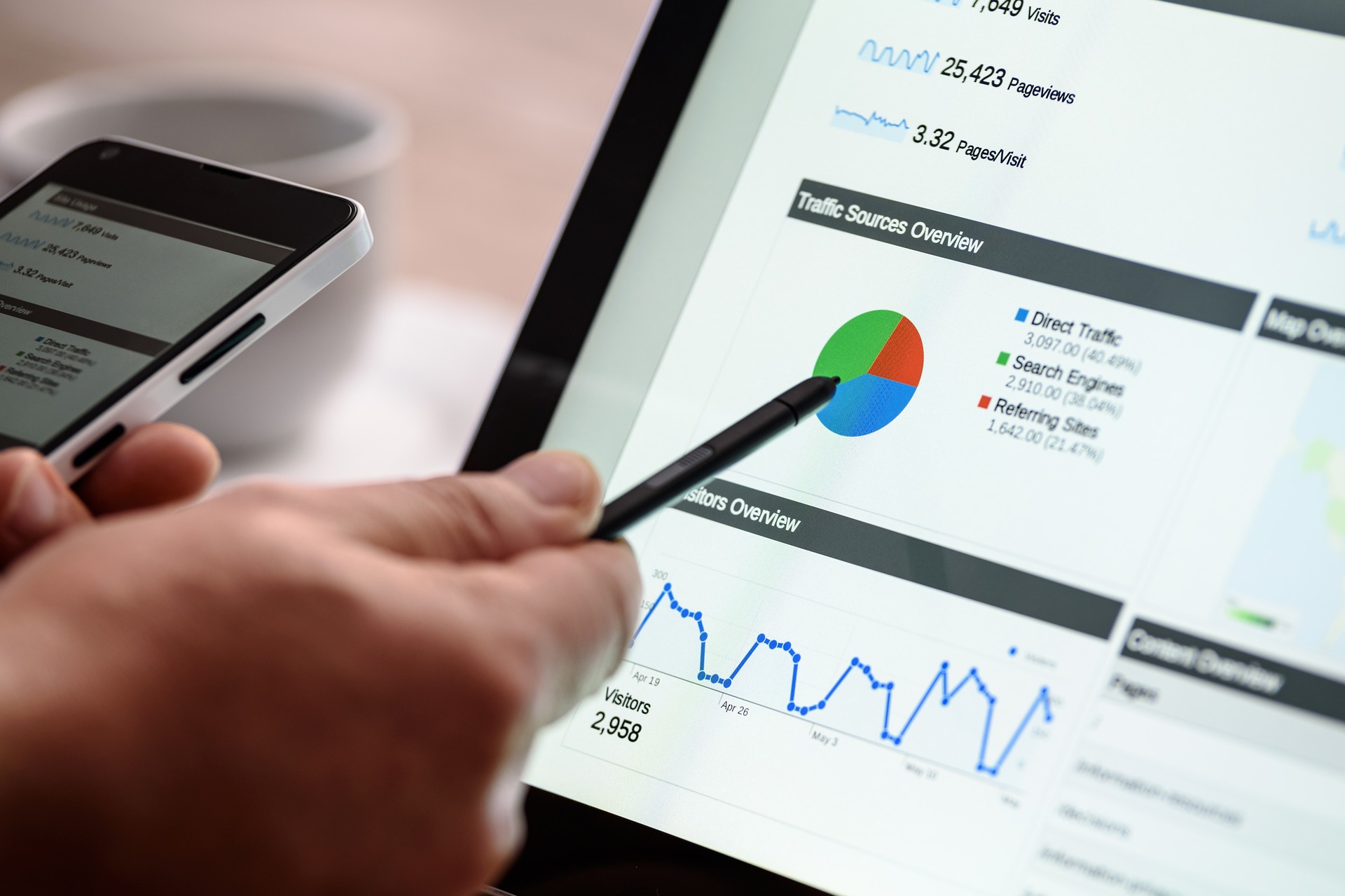
4 questions you need to ask to get more out of your marketing data
As marketers we can collect and analyze an overwhelming amount of data. In fact, it’s a little daunting checking out all the tabs in Google Analytics, all the reports in HubSpot, and getting a spreadsheet from LinkedIn can be downright scary.
One way we try to make it less scary is by creating reporting templates so we track the same few metrics month after month. It gives us a benchmark and something we can point to showing we’re measuring our success.
But are we?
Are we actually looking at the data and asking questions about what it’s reporting? Are we taking the time to wonder how we can do better?
Data saturation can make it hard to find the right metrics and then draw out the right conclusions.
One way we can overcome this is by asking these questions when we measure our marketing efforts to effectively analyze our data.
1. Am I looking at the right metrics?
Stop looking at crap metrics! Often, our reports are full of numbers, percentages, and arrows showing us our trends. But do we need to know all those numbers? Do they make a difference to our marketing plan or strategy?
Probably not, at least not all of them. We spend so much time making sure we have collected all the data we possibly can that we don’t leave ourselves time to dive into the numbers and look at what story they’re trying to tell.
One way we can analyze our marketing data better is to tie metrics to specific marketing goals so our data tells us what needs to happen in the next chapter of our brand’s story.
2. Am I using A/B tests effectively?
A/B testing can be a great tool for understanding what drives more conversions with your customers, but you still need to be careful when running A/B tests. Oftentimes, marketers design the perfect A/B test only to have inconclusive results – or a variable they couldn’t account for skewed their results.
I’m not saying stop doing A/B tests, I’m saying be careful and be prepared to run and re-run tests to make sure the results are conclusive and actually prove out your hypothesis. Digital marketing isn’t a controlled environment and good testing needs control.
Take your A/B test results with a grain of salt and try to look at the broader results the test drove and use your own intuition to interpret the data. You know your brand. You know your customers. Use that insight when looking at A/B testing.
3. Am I looking at the right channels and customers?
I’ve worked with consultants that are so gung-ho about driving leads and how they’ll give us so many leads we won’t know what to do with them. They’re right, we don’t know what to do with them as they’re terrible leads.
When analyzing your marketing data you have to look at the quality of the channel and customer traffic. Why waste your time analyzing the actions of website visitors who will never become a customer? Why analyze the traffic from a source that hasn’t provided quality traffic in the past?
Dive deep into the channels driving quality leads and see what you can learn from the results here, instead of trying to fix a problem that can’t ever be fixed, like a bad channel or lead generation source.
A quick way to determine if a channel is a bad source is to look at:
- Percentage of new users
- Bounce rate
- Time spent on site
- Pages per session
If all these visitors are new and not looking around or bouncing, that means something’s wrong with the channel and the marketing happening over there.
4. Am I learning from this data?
Use your data to better understand your customers, their journey, and to create better campaigns in the future. Having the data saved in a nice-looking report is great for your CMO or CEO, but what did you learn from the data and how are you using it to improve your marketing?
- Did you learn that traffic from social media converted faster?
- Did you learn that ad traffic needs to visit more pages before buying?
- Did you learn that people unsubscribed from an email drip campaign after only one email?
What is that data telling you? How can you replicate your successes again, and how can you learn from your mistakes?
How do you make sure you’re getting the most out of your marketing data? Tell me your tips and tricks in the comments!




